Figure of Isis-Aphrodite
Roman period 2nd cent A.D.>>
Greek Pharoah
Late Period or Early Ptolemaic Period


Figure of Isis-Aphrodite Roman period 2nd cent A.D.>>
Greek Pharoah Late Period or Early Ptolemaic Period
|
 |
Ramesses III was a great king whose reign lasted more than thirty years. The ruins of two of his palaces have been discovered, the first on the Left Bank at Thebes, within the precincts of his great temple at Medinet Habu, and the second at Tell el-Yahudiya in the southern Delta, not far from present-day Cairo. The second was entirely destroyed in the 1880s, but its faience tiles were collected by local inhabitants and are today to be found in a number of museums. They include tiles with rosettes, bearing the name of the king, and with images of foreign captives. At that time, the range of metallic oxides used for the colored glaze of the tiles was extended, and gradually a comprehensive palette of colors was developed, with intermediate shades and pastel colors such as pink and pale gray being added to the primary colors available earlier.
At some time in the past there was a Jewish temple and fortress, as well as a cemetery at Tell el-Yahudia, and its modern arabic name reflects this. The nineteenth-century excavators, Henri Naville and Flinders Petrie, were particularly interested in the site because they hoped for finds with a biblical connection.
 |
 |
 |
 |
 |
 |
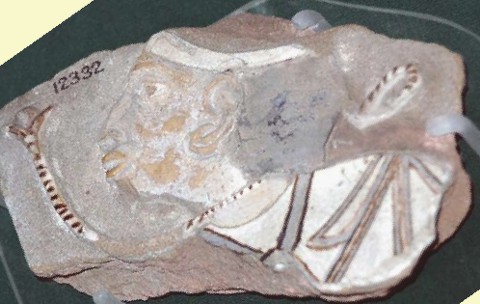 |
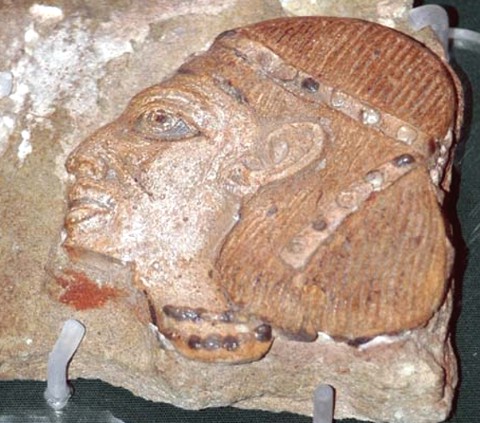 |
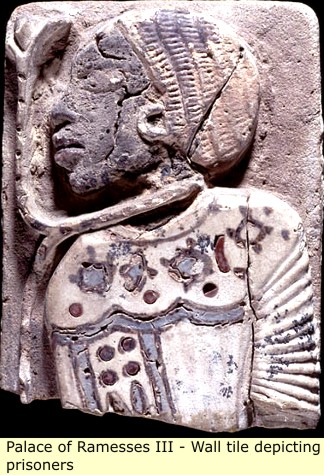 |
 |
 |
 |
 |
 |
 |
 |
 |
 |
 |
 |
 |
 |
 |
Arabs - From Assyrian relief
 |
 |
 |
 |
Fakes
|
 |
 |
The Peleset and Tjeker (Minoans) of Crete, they would later be known as the “Philistines” after they had settled in Southern Canaan. Over time, this area became known by a form of their name “Palestine”. The Lukka who may have come from the Lycian region of Anatolia, The Ekwesh and Denen who seem to be identified with the original (Black) Greeks, The Shardana (Sherden) who may be associated with Sardinia, The Teresh (Tursha or Tyrshenoi), the Tyrrhenians - the Greek name for the Etruscans, and The Shekelesh (Sicilians?).
They came with fire prepared before them, forward to Egypt. Their main support was Peleset, Tjekker, Shekelesh, Denyen, and Weshesh. (These) lands were united, and they laid their hands upon the land as far as the Circle of the Earth. Their hearts were confident, full of their plans.
 |
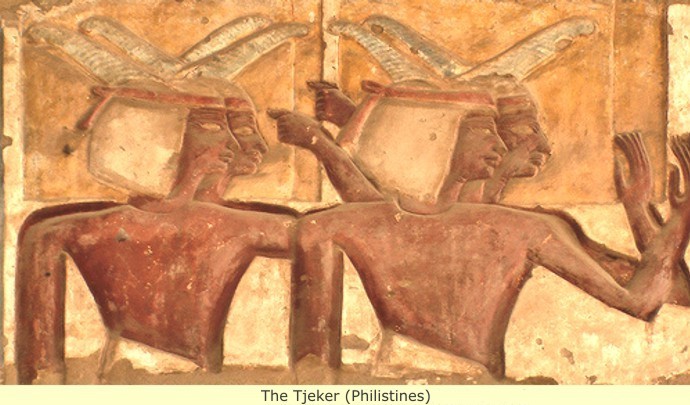 |
 |
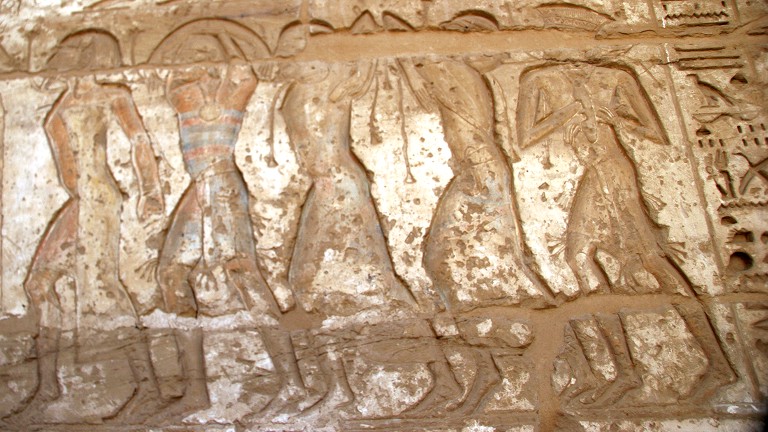 |
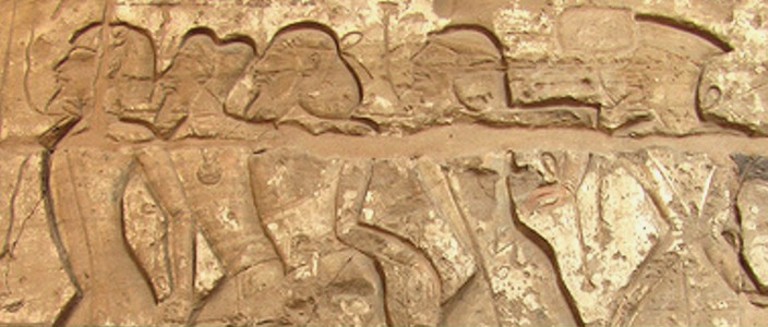 |
 |
 |
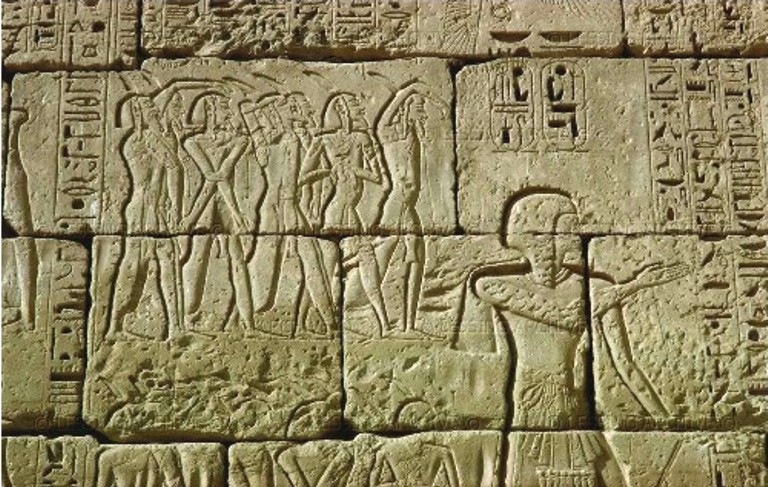 |
 |
The Sherden (also known as Serden or Shardana) were sea pirates and one of several groups of "Sea Peoples" who appear in fragmentary historical records (Egyptian inscriptions) for the Mediterranean region in the second millennium B.C.; little is known about them. On reliefs they are shown carrying a round shield and a long thrusting Naue II type sword. They are shown wearing a complicated armour corselet of overlapping bands of either leather or metal, and a horned helmet surmounted with a balled spike at the top. The corselet appears similar to that worn by the Philistines, at Medinet Habu, and is similar, though not identical to that found in tomb 12 at Dendra where Mycenaean IIB-IIIA pottery dates it to the second half of the fifteenth century BCE. The Sherden sword, it has been suggested by archaeologists since James Henry Breasted, may have developed from an enlargement of European daggers, and been associated with the exploitation of Bohemian tin. Robert Drews has recently suggested that use of this weapon amongst groups of Sharden and Philistine mercenaries, made them capable of withstanding attacks by chariotry, which made them valuable allies in warfare.
The earliest mention of the people called Srdn-w, more usually called Sherden or Shardana, occur in the Amarna Letters correspondence of Rib-Hadda, of Byblos (EA 81, EA 122, EA 123 in Moran 1992: 150-1, 201-2), to Pharaoh Akhenaten, at about 1350 BCE. At this time, they already appear as sea raiders and mercenaries, prepared to offer their services to local employers.
Ramesses II (ruled 1279-1213 BCE) defeated them in his second year (1278 BCE) when they attempted to raid Egypt's coast, together with the Lukka (L'kkw, possibly the later Lycians), and the Šqrsšw (Shekelesh), in a sea battle off the Mediterranean coast. The pharaoh subsequently incorporated many of these warriors into his personal guard. An inscription by Ramesses II on a stela from Tanis which recorded the Sherden pirates' raid and subsequent defeat speaks of the constant threat which they posed to Egypt's Mediterranean coasts:
"the unruly Sherden whom no one had ever known how to combat, they came boldly sailing in their warships from the midst of the sea, none being able to withstand them."
After Ramesses II succeeded in defeating the invaders and capturing some of them, many Sherden captives are depicted in this Pharaoh's bodyguard, where they are conspicuous by their helmets with horns with a ball projecting from the middle, their round shields and the great Naue II swords with which they are depicted in inscriptions of the Battle with the Hittites at Kadesh. Ramesses tells us, in his Kadesh inscriptions, that he incorporated some of the Sherden into his own personal guard at the Battle of Kadesh. Little more than a century later, many Sherden are found cultivating plots of their own; these doubtless rewards given to them for their military services. There is also evidence of Sherden at Beth Shean, the Egyptian garrison in Canaan.
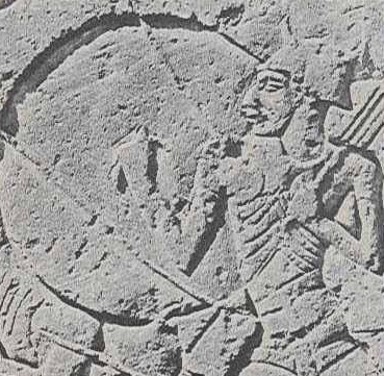 |
 |
 |
 |
 |
 |
 |
 |
 |
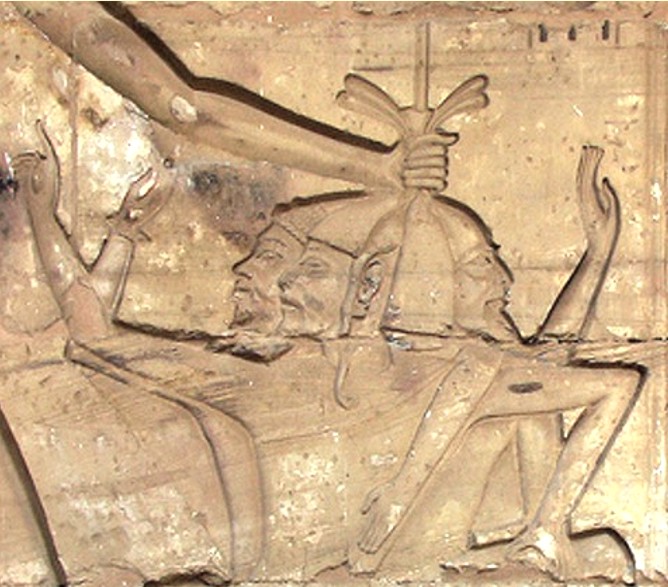 |
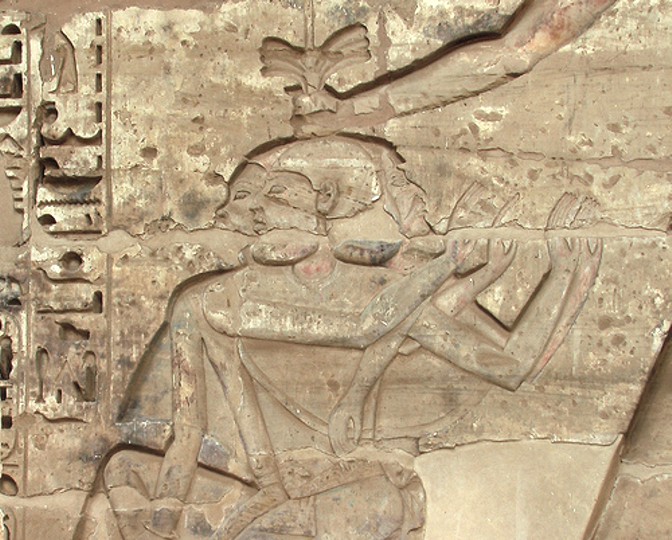 |
 |
 |
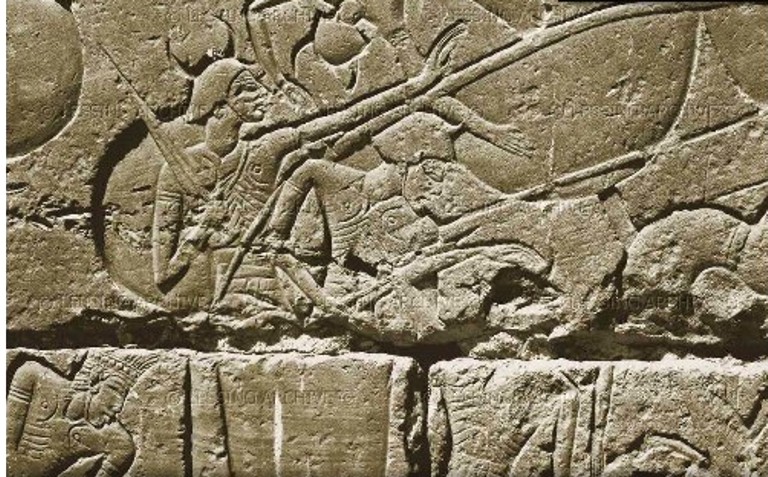 |
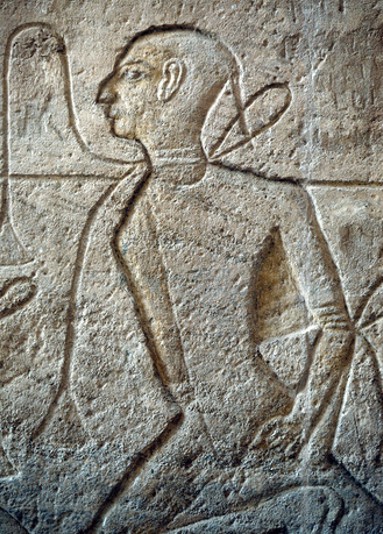 |
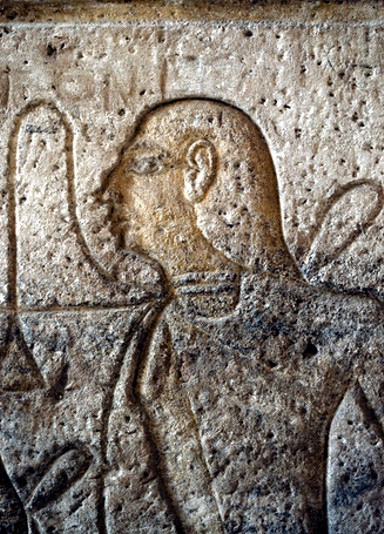 |
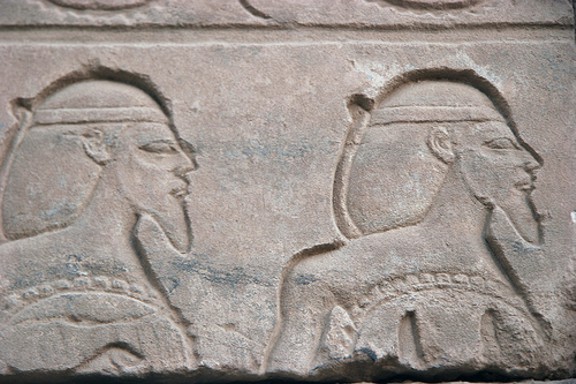 |
 |
 |
 |
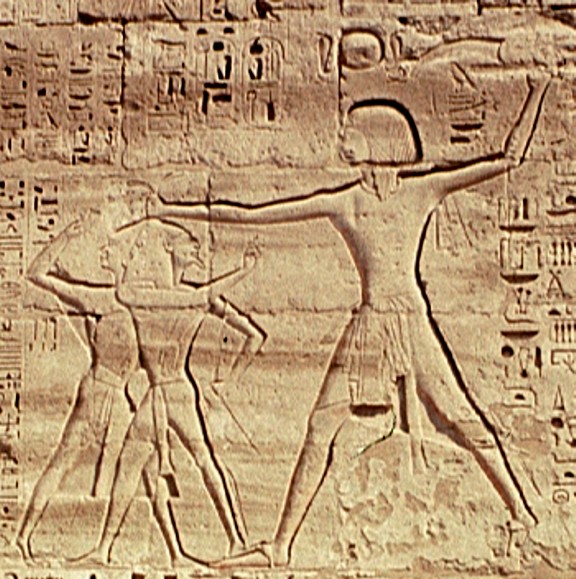 |
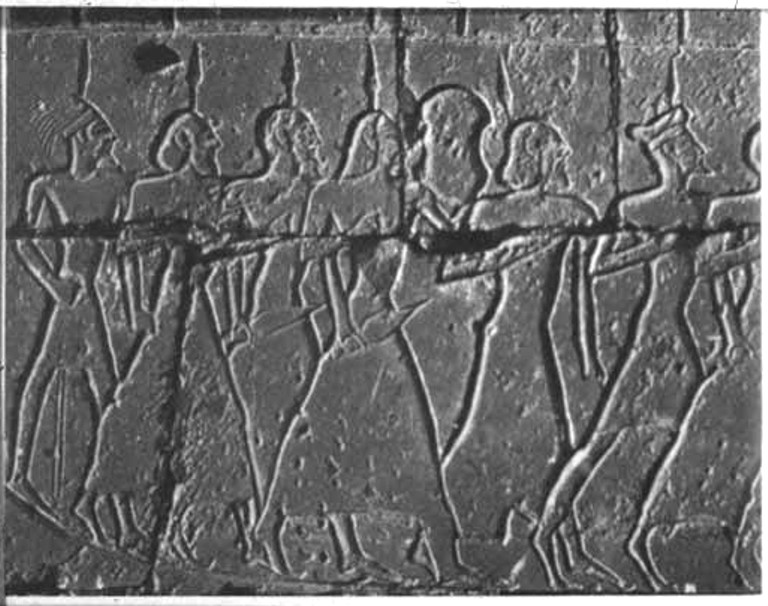 |
 |